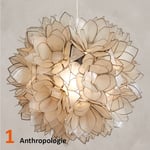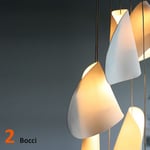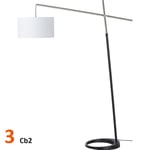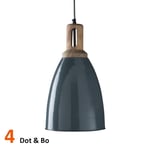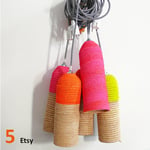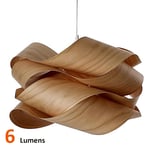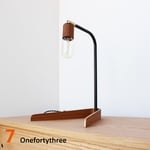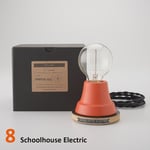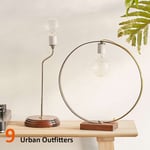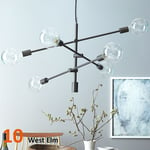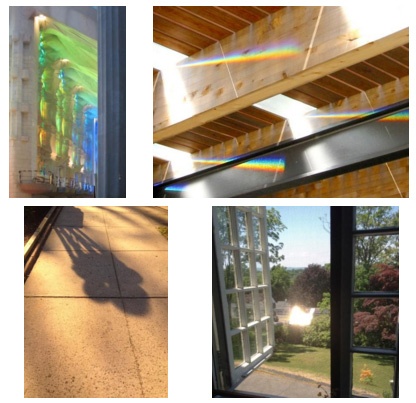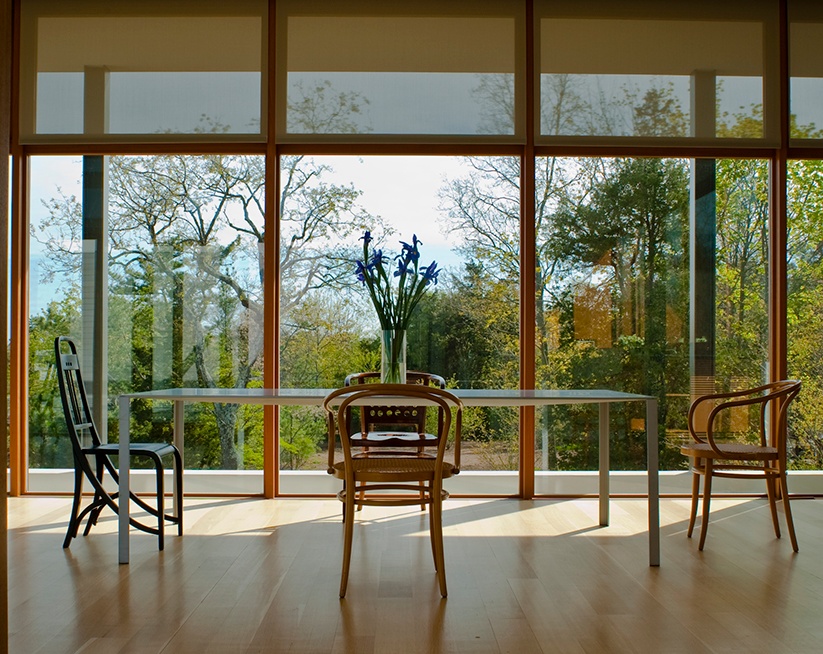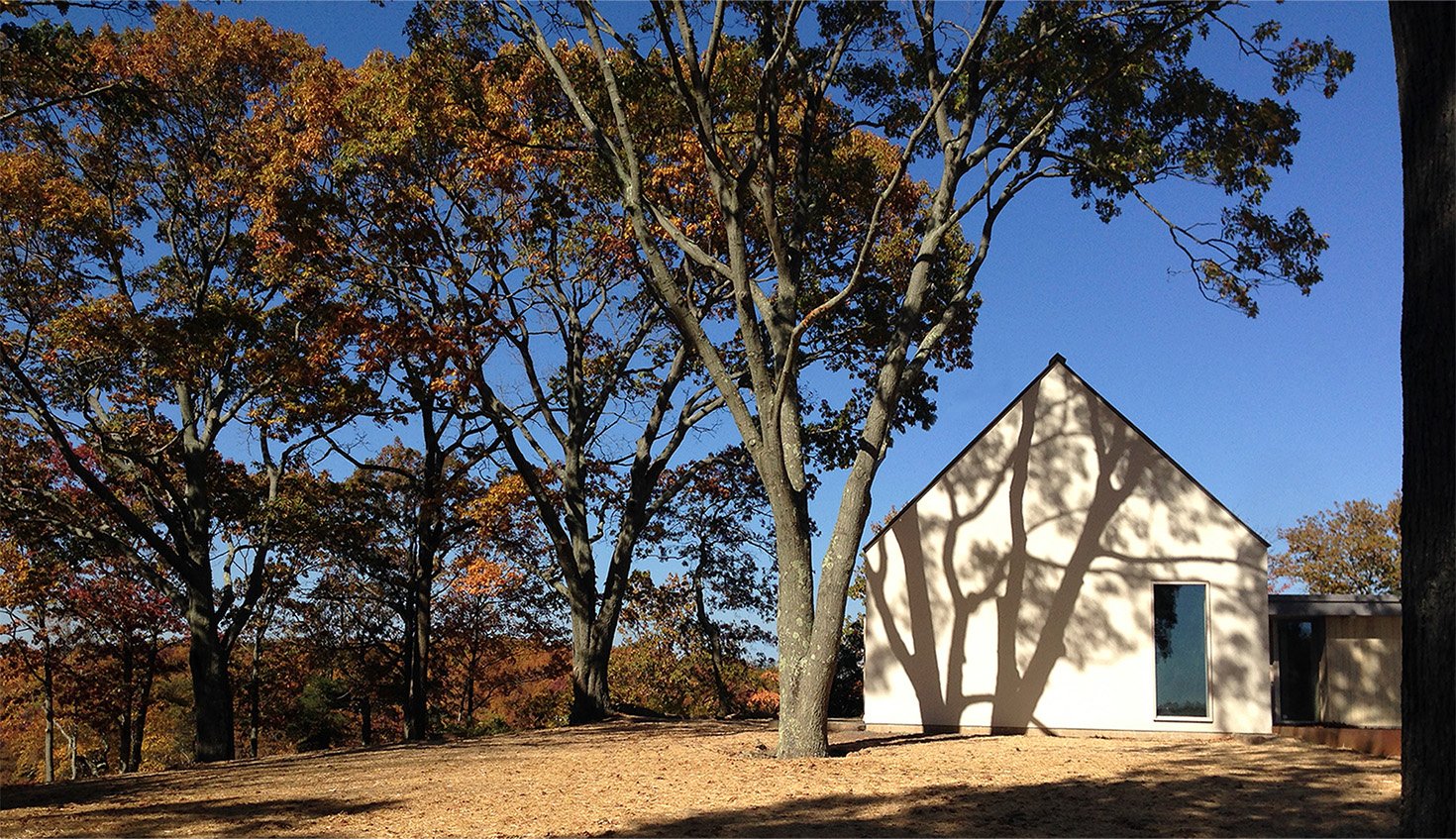Light is part of our lives: source of energy and comfort and a key element to consider if you want to design spaces that bring joy to living. Here are ten lighting tips you should know before getting started!
1. Use daylight as much as possible
Daylight is beautiful. It changes with the times of day, with the weather, and with the seasons… at the same pace as our own body does… and it is free! North light is even and diffuse, making it perfect for a study or work room. South light is warm and highly contrasted. However, be careful as direct UV rays can quickly fade the fabric of your furniture!
If you aren’t able to take advantage of daylight, there are now full-spectrum light bulbs that try to emulate the sunlight, which can be a good alternative.
2. Carefully study the space
It’s important to have a clear idea on how you want to use the room to design a good lighting layout accordingly. While a laundry room will be well lit with a fluorescent light, a living room full of guests may be better served with dimmed warm lights and some accent lights directed to artwork or architectural features.
There are spaces and moments for bright light and others for soft light. You are the one to decide. Some people find it useful to make a list of the activities that need to be lit before getting started.
3. Use separate circuits
Most rooms, especially big rooms or rooms with combined activities will benefit from separate lighting controls – meaning the light can switched separately. When considering switching, think ahead to a design that balances 3 types of light:
- Ambient – Great for general illumination of a space. Normally soft and diffuse.
- Task – Focused light for a specific activity or work area.
- Accent – Also focused light, but in this case used to highlight a piece of art or other decorative item.
4. Use dimmers generously
Dimming will add flexibility to how you can use lighting. Consider using dimmers in your bathroom (especially if you often wake up at night!)
5. Consider the bare bulb
Today’s lighting designers are making a big effort to develop light bulbs as fixtures themselves. A beautiful exposed bulb has an industrial vibe and can look great in some parts of the house. In this case, be aware that if the output of the bulb is too great, it could create glare and be really uncomfortable to the eyes. Check out these Edison Light Globes. Notice that the output is very warm and soft, avoiding the glare issue.
6. Don’t be shy with your artwork
Don’t think that paintings have to be emphasized only in a museum; they also deserve it at home! There are different techniques for lighting artwork and certain types of light are best for different types of art. For example, oil paintings are best lit with a broad- spectrum light source, while artwork under glass may catch glare, and in this case, you will want to make sure the light is angled to reduce glare as much as possible.
7. Hide the light source and be aware of the fixture trims
We usually think of lighting when the fixtures are on, but consider how the fixture looks when the light is off. The look of the trim is important. Try to find trims of the same color as the ceiling in which they will be installed. Some lights are available trimless!
8. Be respectful of the environment
Consider LEDs and low energy fixtures! Although more costly to purchase, they typically last a really long time and running costs are much lower. The upfront costs will end up saving you more down the road.
9. Use the appropriate lighting for the type of room
Bathroom: NEVER light your vanity with a ceiling fixture over your head. When you get close to the mirror, your face will be in shadow! Light your vanity with a wall-mounted light on top of your mirror, on either side of your head, so your face will be evenly lit.
Bedroom: instead of fixed lamps, consider using moveable arm lamps so you can adjust lighting while reading. Avoid high power bulbs and don’t forget dimmers!
Dining room: Use dimmers for your chandelier to give character to the room and add recessed downlights on either side of the chandelier to add extra sparkle to your table glassware and silverware.
Kitchen: Locate under-cabinet fixtures as close as possible to the front edge of the cabinet to avoid glare on the work surface. If you have an island, use pendant fixtures that send light out to the room and also up to the ceiling so the whole room will receive and reflect light. The countertops and preparation areas will need task lighting directed to the work area.
10. Ask your architect/designer for guidance before changing your lighting layout
Your architect will help you to choose the most appropriate type of fixture, size and location for your space in the vast ocean of possibilities. Your architect will save you lots of time and expensive mistakes!
“The BONUS”
I’m so often asked the question: “Where can I buy beautiful fixtures???”
Here’s an eclectic (and by no means complete) list of some of my favorites places to buy fixtures (all range of prices). See some examples below and please don’t hesitate to let me know about your favorites - I would be happy to add them to the list!
Featured Image Credit: Sketch of one of my favorite table lamps: Lucellino by Ingo Maurer

